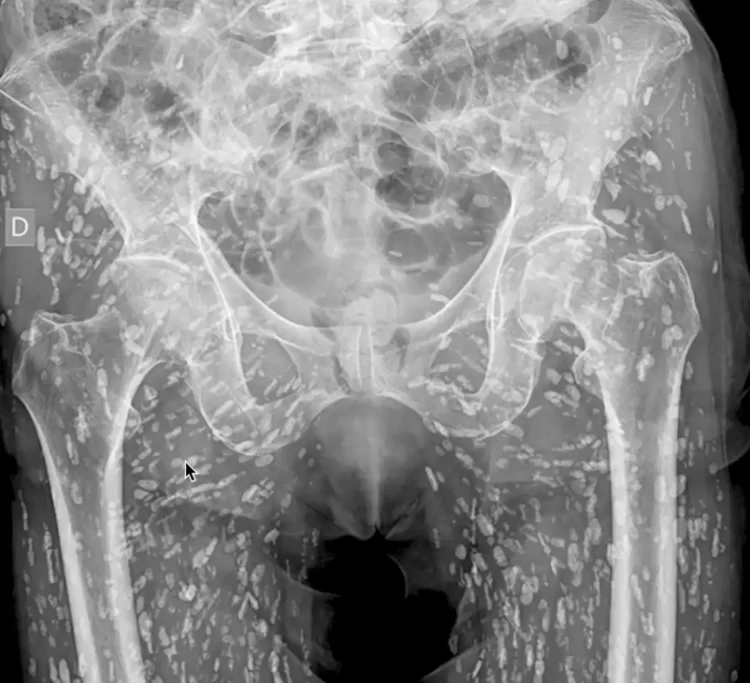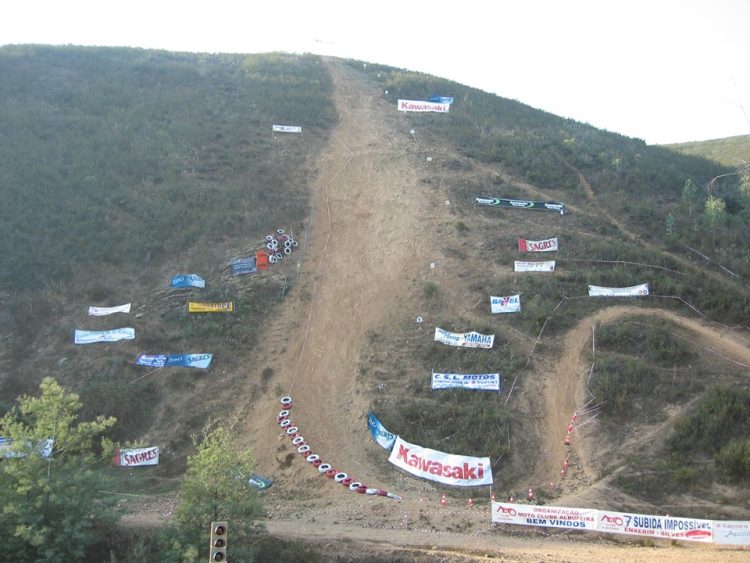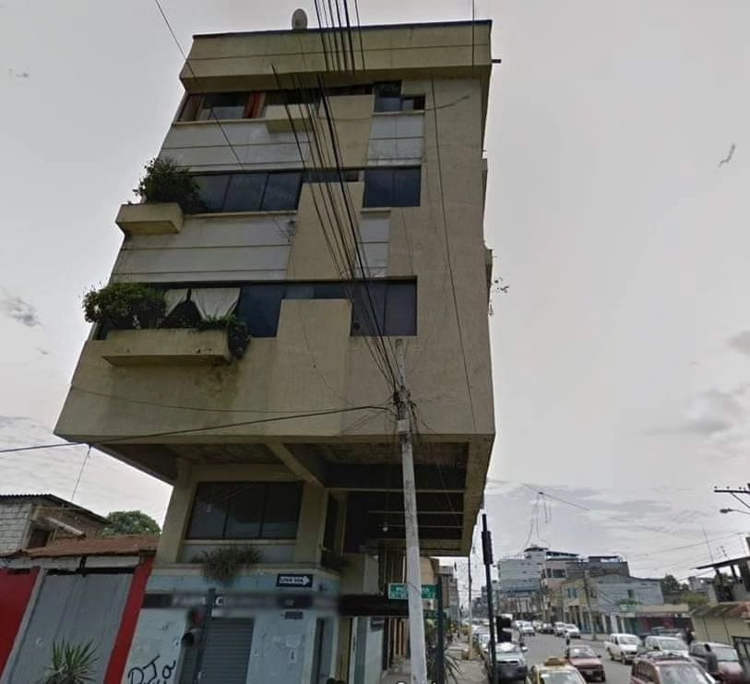The Khalid Nabi cemetery, in northern Iran has become a popular attraction for both locals and tourists, because of its strange tombstones shaped as male and female sexual organs.
Scientists say the bizarre cemetery is around 1,400 years old, and judging by the number of headstones, it’s the final resting place of at least 600 people, the most important of which is Khalid Nabi, a prophet born 40 years before Muhammad. You’d be inclined to be believe most people come to the cemetery as pilgrims to a prophet’s grave, but you couldn’t be more wrong; they actually come to see the penis and breast-shaped tombstones.
Nobody knows exactly what the 6-foot-tall columns shaped like phalluses and the smaller, cross like-headstones that resemble female breasts are meant to symbolize, but the mere fact that a wacky attraction like the Khalid Nabi cemetery gets this kind of attention, in a country like Iran, is weird enough. Some scientists say the weird tombstones could have been influenced by the phallic religion practiced in India and central Asia, but most of the visitors don’t even care, they just came here to see some funny penis-shaped rocks.
I’m just not sure who Iran is going to blame for this, but I’m sure they’ll somehow relate the phallus stones to some “capitalist pigs”.





















